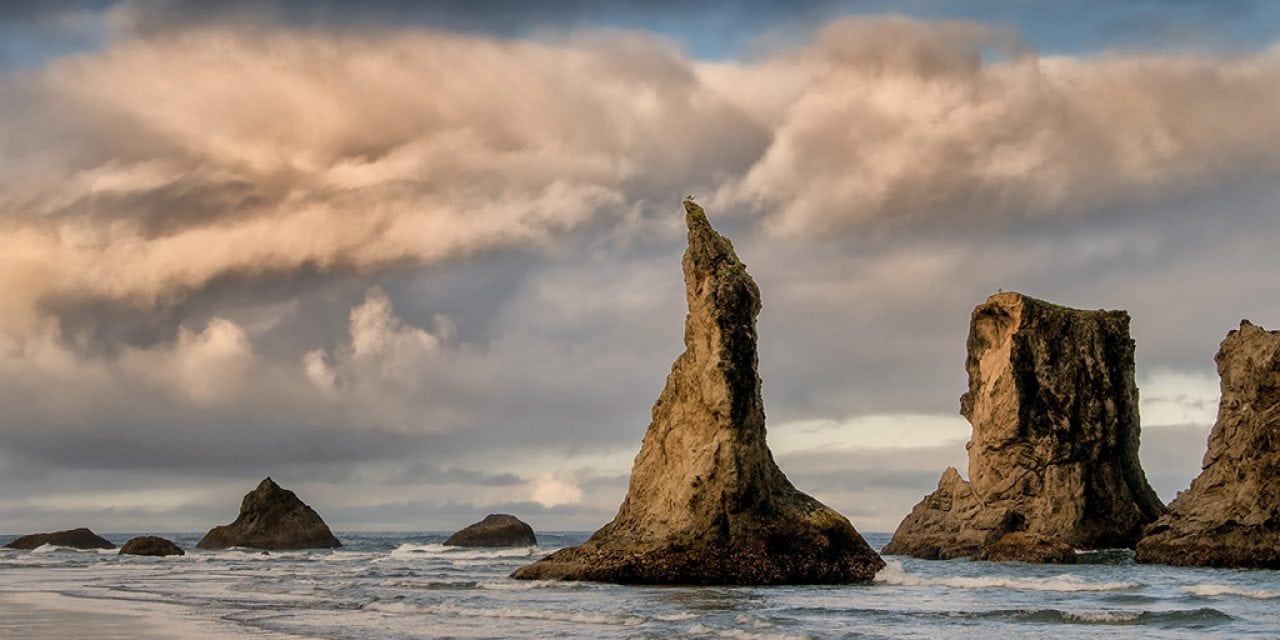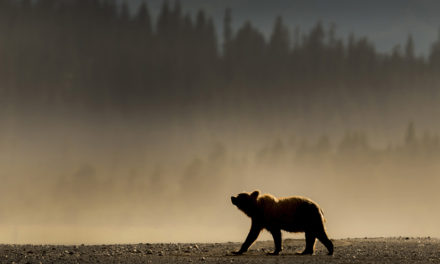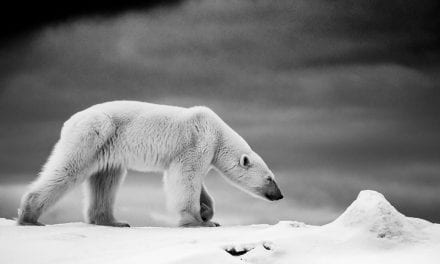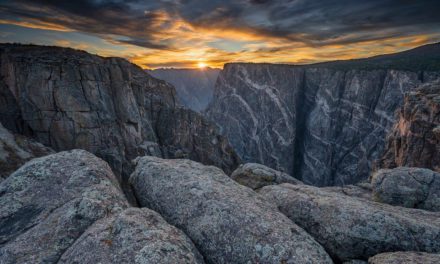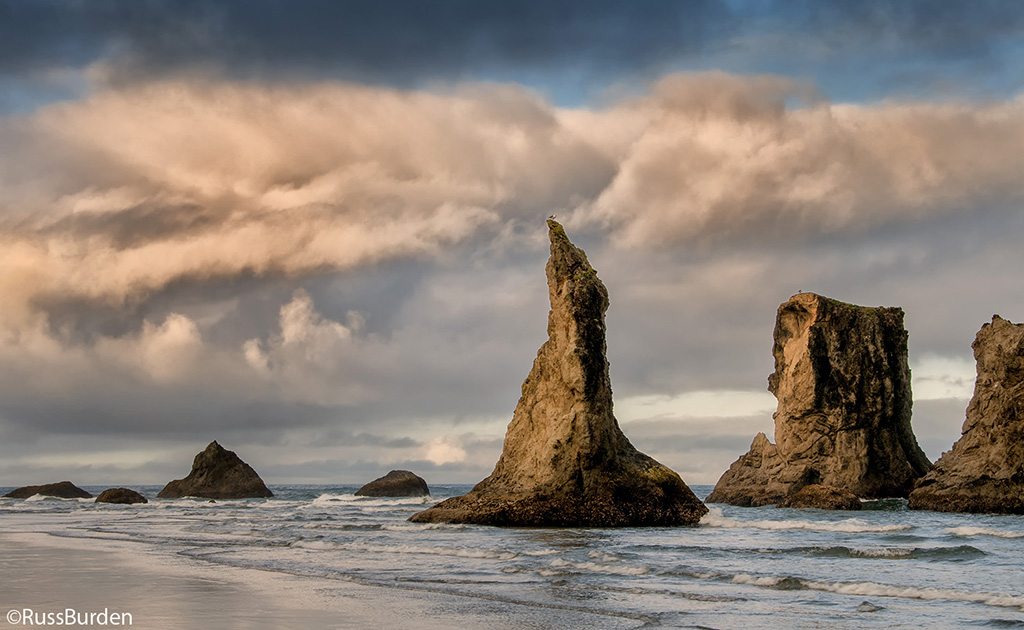
Photography along the coast is a multisensory experience. It’s more than just a visual journey. I visit Oregon and Northern California every May. With every trip, I can’t wait to experience the visual, sound, smell, feel and taste. The breathtaking scenery of sea stacks is candy for the eye. The sound of crashing waves, gulls flying overhead and sea lions barking delight the ears. The ocean has a specific scent that wafts through the air. The moisture of early morning fog tickles the skin. Finally, the taste in the air can be so strong, it can be swallowed. To help you capture the above flavors, I share with you some photo tips so you can bring home winning coastal images.
Coastal Mood: If you encounter fog, exploit it. Incorporate a strong foreground so it becomes a dominant element and let the background recede into the mist. The closer you get to the foreground element, the more it’s emphasized. Use a wide-angle lens to achieve the effect. Mount your camera to a tripod and stop down your lens to f/16 to cover foreground to background depth of field. A graduated neutral-density filter will come in handy to tone down bright fog areas that live in the sky.
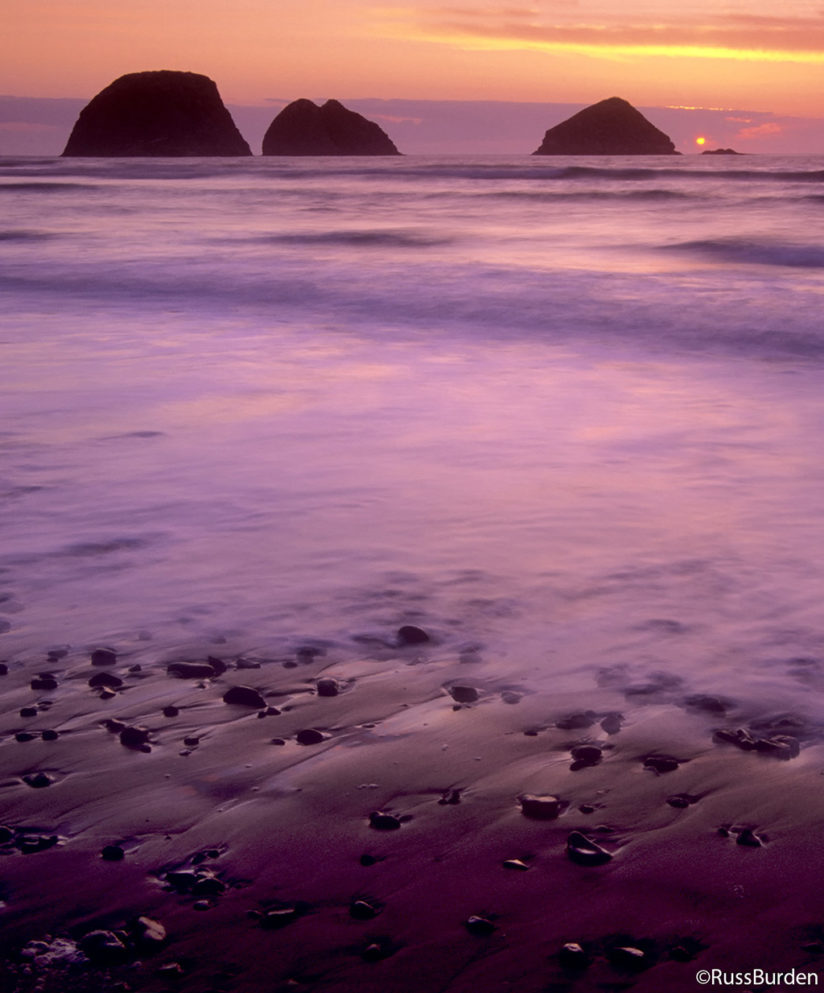
Structures: Synonymous with ocean coasts are lighthouses. Some are more photogenic than others given their shape, size and environment in which they’re located. Depending on their orientation to the sun, each may be better photographed at sunrise or sunset. Try to work foreground elements into the compositions. Use them to give the lighthouse a sense of place. If you can get inside, additional opportunities exist. Clouds can be an added benefit, especially if they’re on the edge of a storm or if they’re mixed in with a nice blue sky.
It’s All About The Light: Silhouettes at sunrise and sunset are iconic. If you’re on the east coast, arrive before sunrise to capture the drama. If you’re on the west coast, do so at sunset. The impact of the image is determined by the drama in the sky in conjunction with the shape of the silhouette. If the sun is extremely bright, use a foreground object to hide it and create a glow around the subject. Arrive before sunrise or stay after sunset to incorporate an alpenglow. The real drama unfolds when high thin clouds appear and the horizon is clear. Each day you plan to be along the coast, monitor the hourly weather to see if clouds are forecast. Any site that shows a radar echo works. If you’re bestowed great light, find a location where the lines are clean, be aware of mergers or other distractions, move around quickly, and when the sky goes electric, fire away.
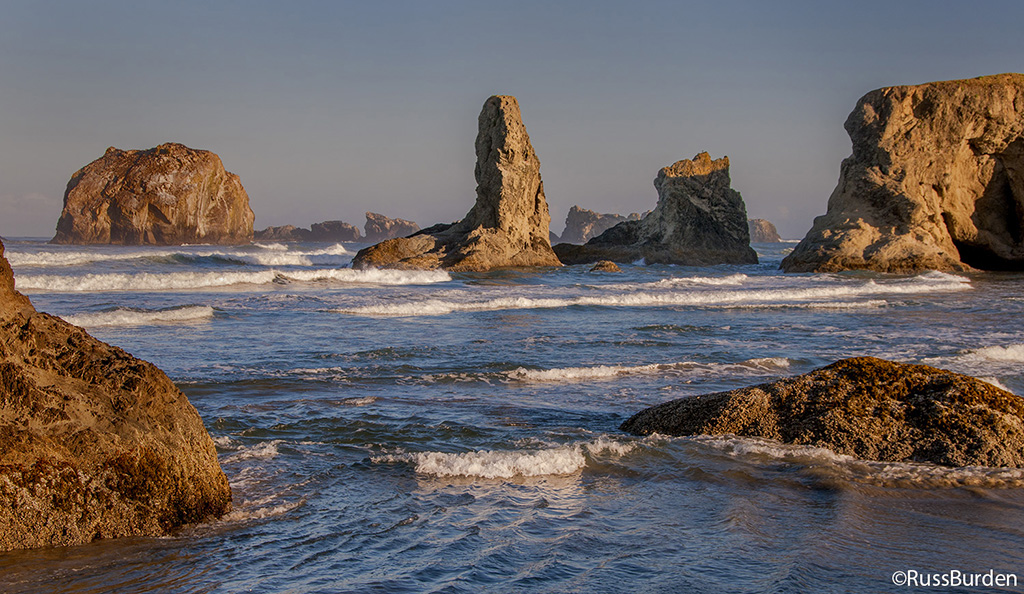
Sunrise/Sunset: Before you shift into coastal silhouette mode as described above, use the early or late light to your advantage. Whatever elements you choose to include in your composition, set yourself up ninety degrees from your subjects and use a polarizer to richen up the blue in the sky. If there are fair weather clouds, they’ll pop. If you use a very wide lens in conjunction with your polarizer, be aware of uneven sky polarization. Don’t unnaturally darken one portion and have the other part light.
My yearly trip to the coast is certainly a salt water fix for me. If you see me there, tap me on the shoulder and say “hi.”
Visit www.russburdenphotography.com for information about his nature photography tours and safari to Tanzania.
Looking for more photography tips from Russ Burden? Find them here.
The post Better Coastal Images appeared first on Outdoor Photographer.

